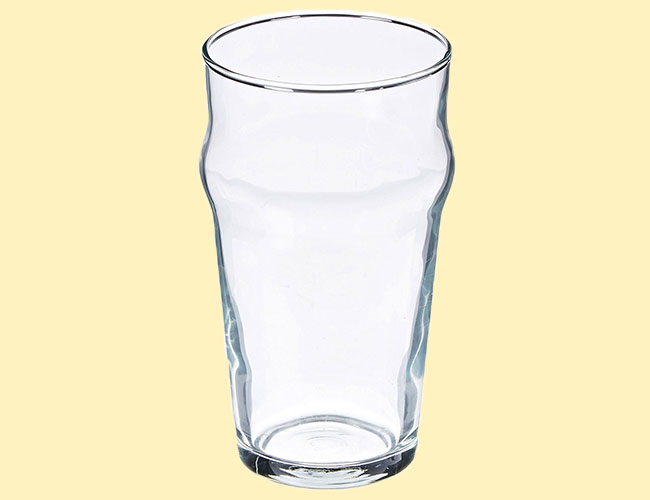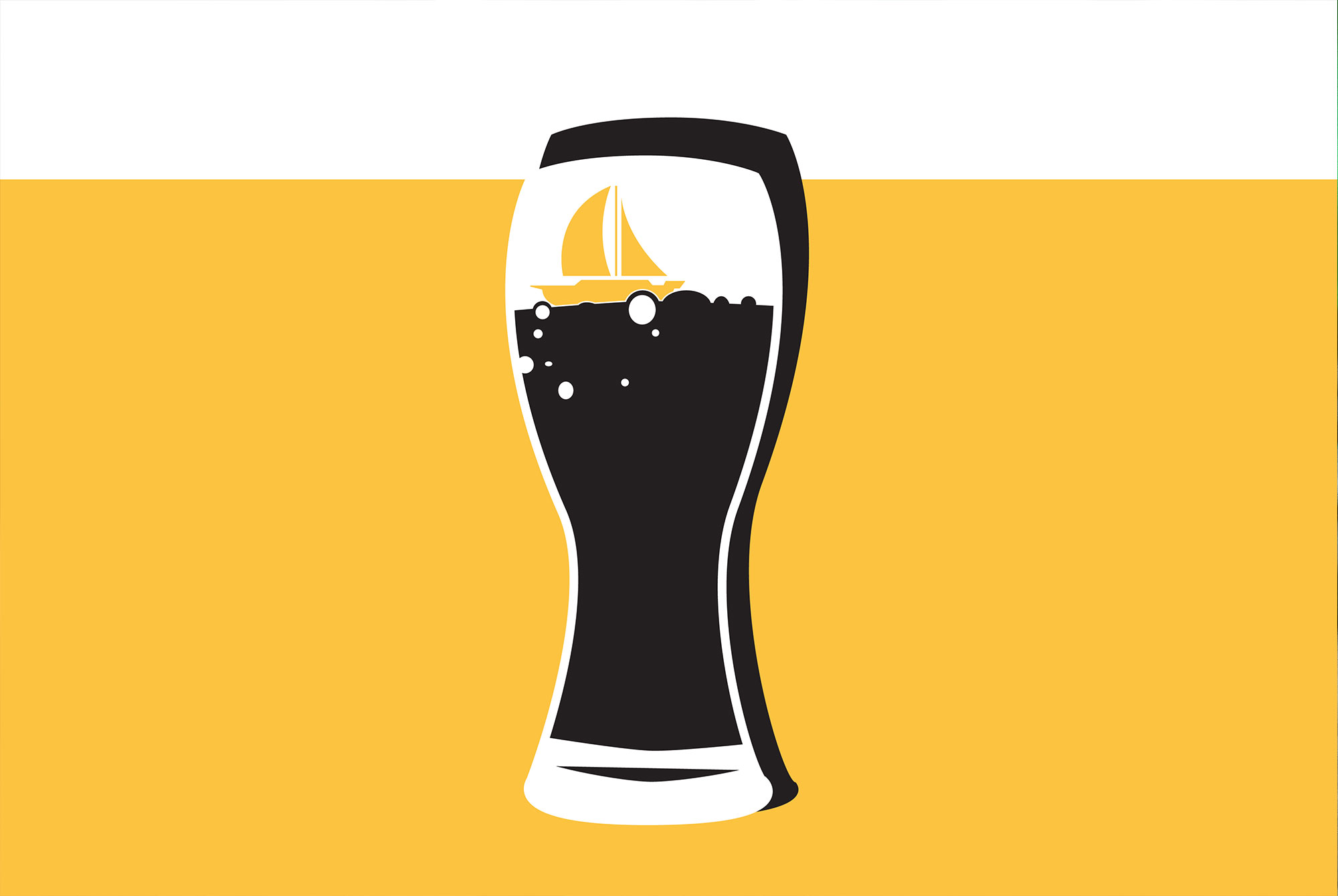Shop
What’s a Baltic Porter?
This crisp, clean version of a traditional porter started its life near the docks.
The Baltic porter was one of the most popular brews of the 1700 and 1800s, and still survives today in many forms. Although there was a time after World War II in which Western culture largely forgot about the style, the fall of the Iron Curtain brought it back into public consciousness, specifically through a resurgence of Baltic porter breweries in Germany in the 1990s.

Get the #properglassware
While some might prefer drinking a Baltic porter out of a good snifter, we think the “lager” porters tend to do best in a more traditional pint glass.
Although created in the countries around the Baltic Sea (Latvia, Lithuania, and Estonia), the Baltic porter gained fame when introduced to London’s working class: porters, who often loaded ships and traded with the Baltic states — hence the name. Porters (the style, not the workers) are closely related to imperial stouts, and tend to be among the darkest colored beers out there. They typically have notes of cocoa, coffee, nuts, and chocolate, and contain relatively high alcohol contents: 6.5 to 9.5 percent ABV.
Most notably, the Baltic porter uses lager yeast, or cold-fermented ale yeast, lending a cleaner taste relative the fruiter ales. (This is how Jack’s Abbey, who only produces lagers, can legitimately offer a porter.) Baltic porters typically take anywhere from a few months to a year to mature and develop their strong tastes and aromas. They go well with heartier meats like steaks and burgers.


